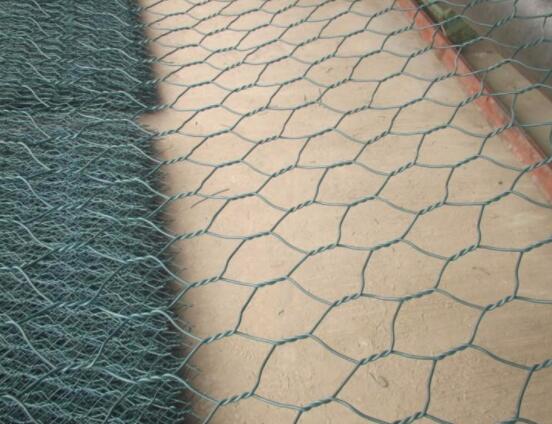The Versatility of Perforated Material in Modern Design
Perforated materials have gained significant attention across various industries, owing to their remarkable combination of functionality and aesthetics. Defined as sheets or panels that have been punched with a series of holes, perforated materials offer a unique way to balance performance with visual appeal. Their applications range from architecture and interior design to industrial and automotive sectors, providing innovative solutions to contemporary challenges.
One of the most prominent uses of perforated materials is in architectural design. They enable the creation of visually striking facades while maintaining essential properties such as light filtration and ventilation. For instance, buildings clad in perforated metal panels can control the amount of sunlight that enters the interior, thereby reducing the need for artificial lighting during the day. Additionally, these panels can enhance air circulation, which is particularly beneficial in hot climates, promoting energy efficiency and improving indoor comfort.
In urban environments, perforated materials are often utilized in public spaces. They can be found in bus stops, shelters, and benches, where they provide both functionality and artistic flair. The perforation patterns can be customized to reflect the cultural identity of a community or to convey specific messages, making them an excellent tool for public art initiatives. Their ability to blend seamlessly into the environment while serving practical purposes has made them popular among urban planners and architects alike.
Moreover, perforated materials have found a significant role in interior design. From ceiling tiles to room dividers, these materials provide an innovative way to enhance acoustics while adding a contemporary touch to spaces. The strategically placed holes can absorb sound, reducing noise levels in busy environments such as offices, restaurants, and schools. Designers often experiment with various patterns and hole sizes, allowing for personalized design choices that cater to different client needs and preferences.
perforated material

Another noteworthy aspect of perforated materials is their contribution to industrial applications. In manufacturing processes, perforated sheets are commonly used for filtering, sorting, and separating materials. Their design allows for efficient airflow and fluid movement, making them ideal for applications in the aerospace and automotive industries. They also play a crucial role in the production of safety equipment, where they provide visibility while maintaining structural integrity.
Environmentally, the use of perforated materials can be seen as a step towards sustainable design. By allowing natural light and air to flow through, these materials reduce reliance on artificial systems, leading to lower energy consumption. Furthermore, many perforated materials, particularly those made from metals, are recyclable, contributing to a circular economy. As more designers and architects adopt eco-friendly practices, the demand for perforated materials is expected to grow, supporting sustainable development initiatives.
As technology advances, the production and customization of perforated materials have become more accessible. Digital fabrication techniques allow for intricate designs that were once difficult to achieve, enabling designers to push the boundaries of creativity. This evolution opens up a world of possibilities, as both functional and decorative applications continue to evolve.
In conclusion, perforated materials exemplify the intersection of function and art in modern design. Their diverse applications across architecture, interior design, and industrial manufacturing highlight their versatility and practicality. As industries increasingly prioritize sustainability and innovation, the role of perforated materials is likely to expand, paving the way for more creative and efficient designs in the future. Whether enhancing an urban landscape or improving acoustics within a building, perforated materials will undoubtedly remain a staple in the toolkit of designers and architects around the globe.

















